Reading logs are a common tool used by teachers to help students develop and demonstrate their comprehension skills. A traditional reading log is a record of what a student has read, and typically includes information such as the title of the book, the author, and the date it was read. By making adjustments to the standard version of a reading log, it can become a powerful tool to assess a student’s comprehension in numerous ways.

1. Reading logs are great for summarizing and retelling
Students can be asked to summarize what they read in their own words or retell the story to someone else who can scribe for the student. These responses give the teacher a quick view into whether the student understood the main ideas and events of the story. Regular reading log entries allow you to quickly intervene if a student needs more teacher support.
Since this dive into summarizing and retelling can be done in 2-5 sentences, it makes for an easy assessment for the teacher. And, reading logs can do double the work because if you teach students how to respond to a prompt in writing, you can also assess writing skills. That’s 2 quick assessments and timely intervention. Check out this blog posts on why I still use reading logs as part of my classroom reading program.
2. Students can show connections they make
With reading logs, students can be asked to make connections between what they read and their own experiences, other books they have read, or the world around them. This shows whether the student can think critically and make connections between different ideas.
You’ll want to make sure to provide an example of what this looks like so students can model the structure of your written response. Before students write their response, I always model an example of what they’ll be doing. I use a text we’ve all read together, whether it’s a read aloud, a short article, a portion of a text book, etc. When you model a written response, it reduces student frustration and allows for more success.
3. Provide opportunities for questions
Students can be asked to write down questions they have about what they read. This shows whether the student is curious and engaged with the material, and whether they are able to identify areas where they need more information.
Reading logs offer a safe space for students to show their concerns. Many students shy away from speaking their voice in front of the class. The reading log is a private way for these students to share their thinking without the stress of speaking in front of their peers.
Keeping the entry shorter allows the teacher to look at an entire classroom’s responses in a short period of time, and you can quickly address concerns you may have. This is one of the biggest advantages of using a regular reading response log. Depending on my week, I may choose to ask the class to respond to 2, 3, or 4 prompts. Sometimes, I’ll look at all responses; other times I pick the one I’ll make my focus. Flexibility is the key! Find my favorite reading logs right here.
4. Provide a quick glance into deeper thinking
With reading response logs, students can be asked to analyze and evaluate what they read, by discussing the themes, characters, and plot of the story. This shows whether the student is able to think critically and identify the deeper meaning of the text.
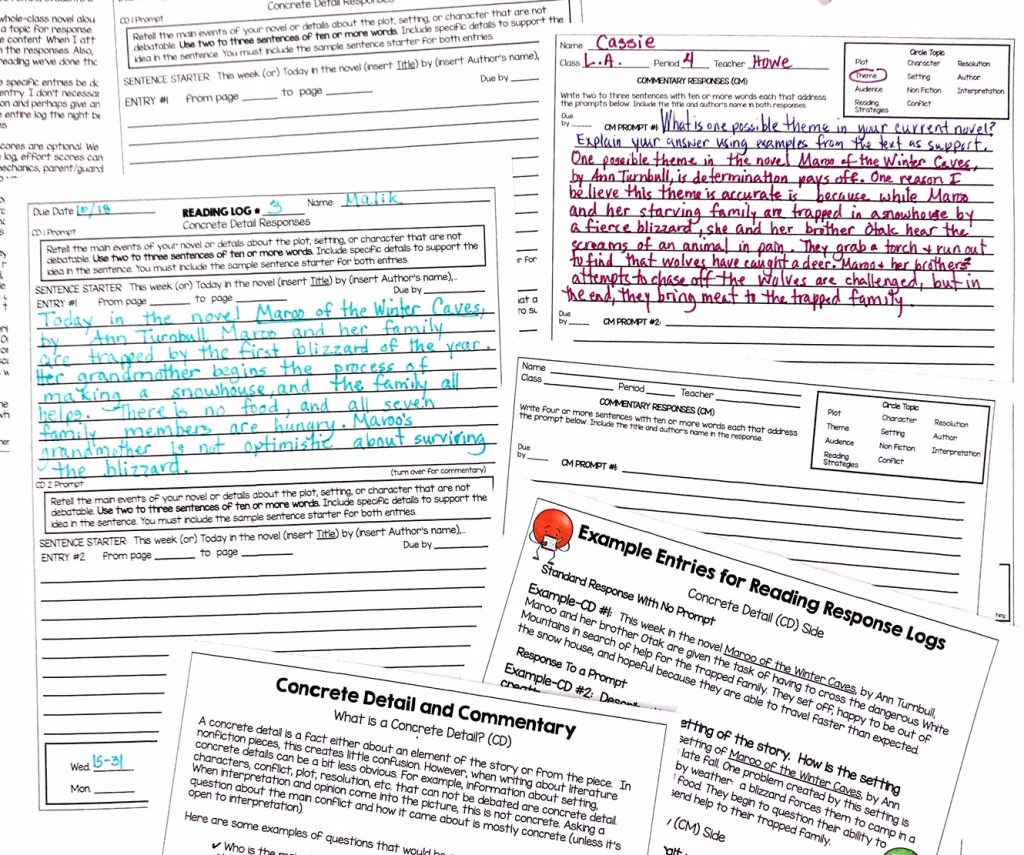
This, for me, is the crux of a reading program. The teacher gives a lesson on a particular topic and provides students an experience with the content. For example, if you’re working on identifying themes in literature, you and your students can create a list of common themes, discuss themes in a read aloud, even read a short story together and show how to determine theme.
Using a short story with the class is a favorite activity. I like to provide paper copies of the short story and annotate the text with the students, looking for hints of the theme. Then have students work in partners to finish the rest of the story, annotating with the focus of finding evidence of theme. You can also provide worksheets on theme, videos on the topic where students are looking for the target element, task cards, etc.
After students have worked with the topic, ask a question about theme on the reading log. Their response is a simple assessment, and because you’re keeping the written response shorter, the grading isn’t overwhelming.
Revise reading logs to become powerful classroom tools
You can see that a reading log can be far more than just a simple record of page numbers and dates. Look at what I’ve done to what was once a traditional reading log. I’ve added writing space, a prompt space that allows for ever-changing topics, a grading area, and options for multiple responses. Additionally, I can provide scaffolding by writing in the prompt and even a sentence starter. These simple adjustments make for a powerful reading tool.

I have created several different versions of the reading logs that I can use at any time, depending on my goal. Some don’t have page numbers, others don’t include the weekly totals. Some have just one entry per side. I also LOVE copying a different response page on one side to change things up.
I have created a reading log unit that provides flexibility and differentiation. It has everything you’ll need to add this effective reading response tool to your classroom reading program, including reading choice boards!
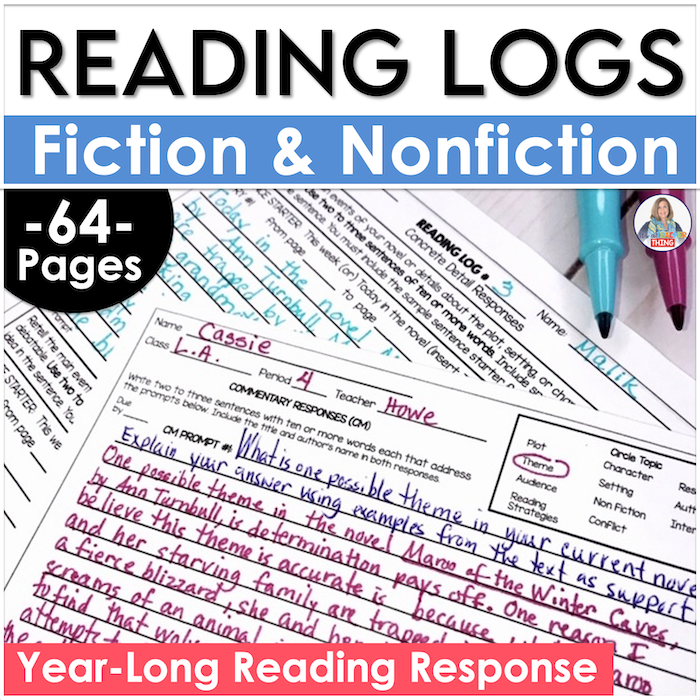
When teachers review reading logs, they can look for evidence of these skills and use them to assess a student’s comprehension. For example, if a student is able to summarize the main events of a story accurately and in their own words, this is evidence that they understood the story. If a student is able to make connections between what they read and their own experiences, this shows that they are able to think critically and make connections between different ideas.
By using reading logs in this way, teachers can gain valuable insights into a student’s comprehension and tailor their teaching to help the student improve.
Save this post for later on a relevant Pinterest board.
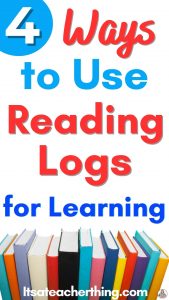
I’m teaming up with some great bloggers. Click these links for helpful blog posts.
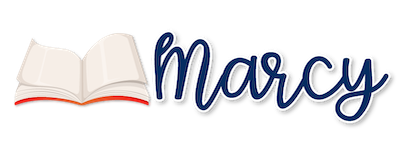
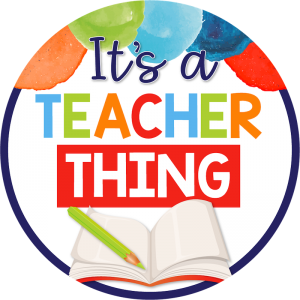
This post provides effective ideas for making reading logs more than record keeping. Thanks for all the inspiration!